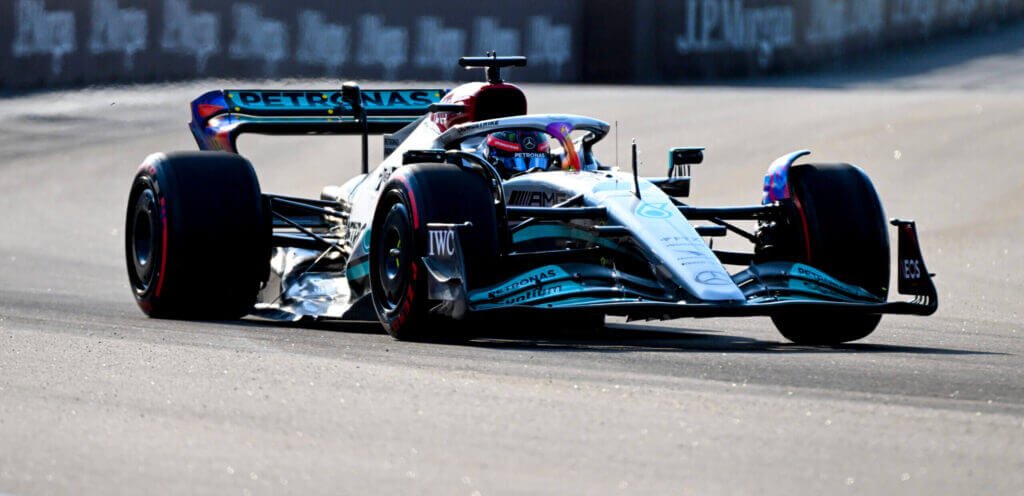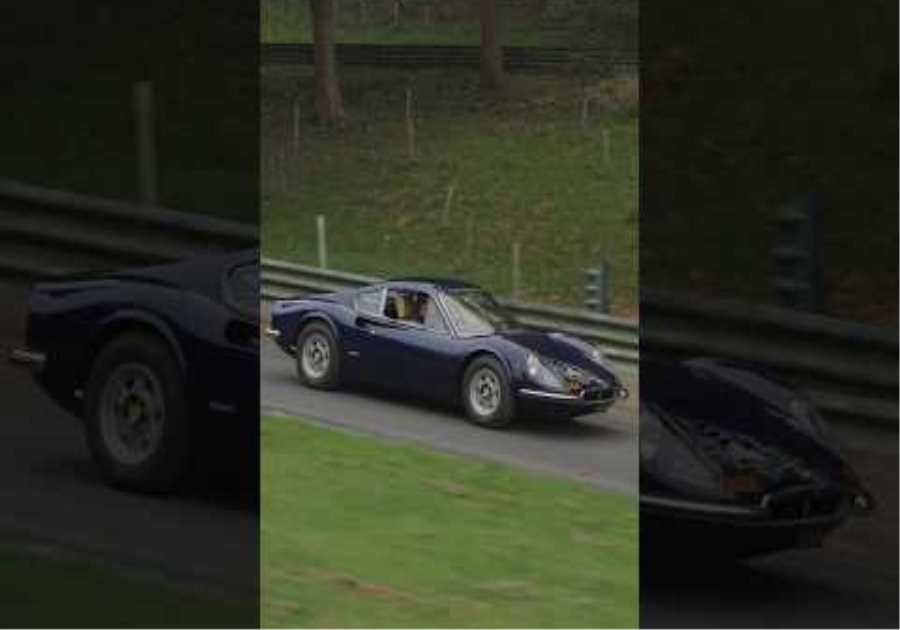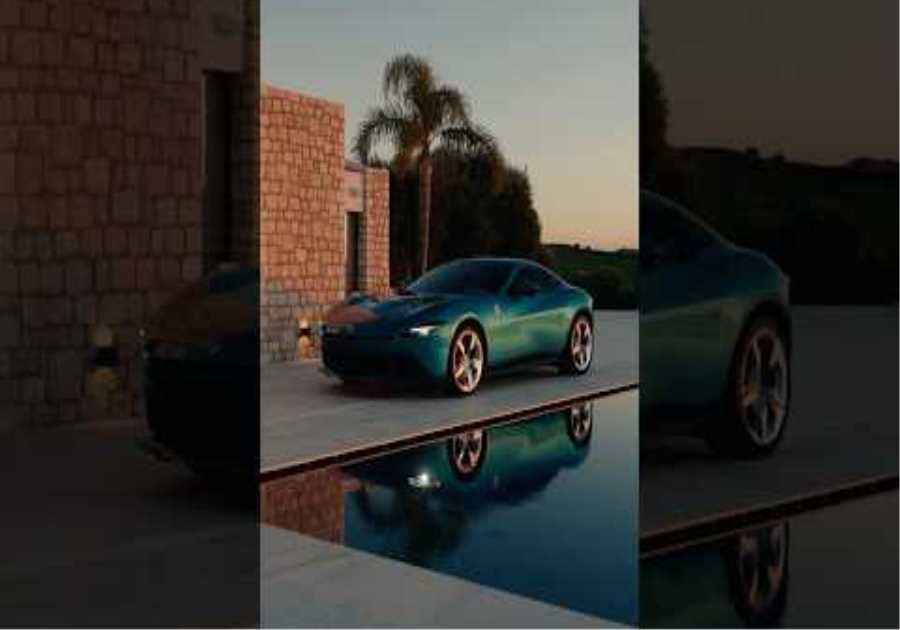
When Mercedes Formula One driver George Russell topped the practice charts at the Miami Grand Prix, there was a burst of optimism that perhaps the team had solved its problematic, bouncing W13 car.
But by the next day, after a minor adjustment, the car was back to being a “diva,” as team principal Toto Wolff put it. To make matters worse, after Mercedes engineers reversed the change in hopes of restoring speed, the issues didn’t go away.
“Toto has thrown the word ‘diva’ around a lot, but that’s a bit of an understatement because it’s so unpredictable,” Russell said. “When the thing starts bouncing in the corners, it’s a killer to drive.”
“We don’t know why we were looking faster (in practice) than we really were,” said Russell’s teammate Lewis Hamilton, the seven-time world champion. “We’ve not really taken a step forward or anything.”
Suddenly, after just five races, Mercedes sits at a crossroads with its car as the Spanish Grand Prix arrives this weekend. Hamilton, who has finished either first or second in the standings for eight straight years, is sixth. Russell, in his first year with Mercedes, is fourth in points but only has one podium.
The team’s frustration stems from knowing there’s speed in the car that can be unlocked, but time is running out to determine if it’s worth doing so.
There are a couple of reasons the clock is ticking. First, Mercedes is on an island as the third-best team and already sits at a significant deficit to Red Bull and Ferrari. Second, it’s not long until the team must choose a direction to go with developing next season’s car.
Much depends on Spain, where data from F1’s preseason test in Barcelona will give Mercedes a baseline comparison as it continues to seek answers amid a frustrating start.
“We are faithful to the current concept,” Wolff said. “We are not looking at the lady next door if we like it more or not, because it’s still good.”
But Wolff added in the same breath: “We need to understand before making a decision on switching to another concept: Where did this one go wrong? And what is the good of the concept and the bad of the concept? That is a question you can only respond to yourself after Barcelona, because that’s the real correlation we have. By then, we’ve got to look at ourselves in the mirror and say, ‘Did we get it wrong or not?’”
Indications haven’t been positive to this point. The car has been known more for hopping down the track — or “porpoising” — than its speed. It’s also become the butt of jokes; during a news conference in Miami, McLaren’s Lando Norris said his basketball-themed helmet might be better suited for Russell “considering they like bouncing a bit more.”
The problem starts with the floor. F1 teams want to generate downforce from underneath the car, but Mercedes’ floor edges stick out wider than the other cars. Wolff said that increases the window of potential instability with the car, which makes it uncomfortable and unpredictable for the drivers.
“We believe our concept has potential to race at the front,” Wolff said. “But it is also a sensitive concept. Once it’s in the window, it can function very well. But it’s very difficult to get it in that window because of the floor being much more exposed than all the other cars.”
Wolff has spoken about gathering data and making experiments so often lately that he acknowledged being “annoyed by always saying the same thing.” But it’s the truth. And what’s unusual for Mercedes this year is the data on the computer screens doesn’t always correlate with what the drivers are feeling. Since both drivers have the same complaints, it’s clear there’s some sort of gap in the data that leaves the team “flying in the fog a little bit,” Wolff said.
“It’s physics and not mystics, and therefore you have to unpick the bones,” he added.
The porpoising problem is severe enough that driving talent alone cannot overcome the issues. When Hamilton and Russell brake going into a turn, the bouncing means the tires aren’t fully connected with the track. Russell said the hopping makes the car feel like he has no support or stability in the rear — not exactly the type of sensation that allows a driver to push the limits and race hard.
If it’s determined after Barcelona that the current concept should be scrapped, Wolff said the easiest route would be to fix the floor, make it stiffer and throw out hopes of generating downforce that way.
“That’s probably faster than we are today,” he said. “But we haven’t yet capitulated and gone back to the simplest solutions.”
In the meantime, Russell said he’s cautiously optimistic the up-and-down performance from Miami could be the key to unlocking answers. After all, the car was fast on that Friday until the speed disappeared. Perhaps there’s enough information there to implement some changes.
“We’ve got the brightest engineers in business working day and night,” Russell said. “We need to keep analyzing, and this (Miami) weekend may turn out to be one of the most important weekends when we look back.”
(Photo: Doug Murray / Icon Sportswire via Getty Images)






